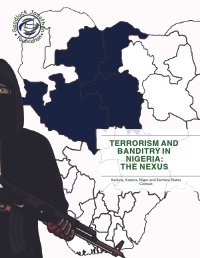May Contain Mark-Ups
Edited by Joshua D. Freilich and Rob T. Guerette
The book“Migration, Culture Conflict, Crime and Terrorism,”edited by Joshua D. Freilichand Rob T. Guerette, is part of the Advances in Criminology series. It explores the complex interactions between migration, cultural conflicts, crime, and terrorism through a collection of scholarly works. Published by Ashgate in 2006, the book is divided into four parts, each addressing different aspects of these issues.
Part I: Migration, Religion, Culture, and Terrorism
1.Terrorism Rediscovered: Hans-Heiner Kühne examines the political motivations behind terrorism, emphasizing the need to distinguish between acts of war and criminal acts.
2.Culture or Conflict?: Roland Eckert discusses how conflicts generate collective identities and the role of migration in these conflicts.
3.The 21st-Century Kulturkampf: Shlomo Giora Shoham provides a historical and cultural analysis of the clash between fundamentalist Islam and Western culture,advocating for dialogue and mutual respect.
4.Post-9/11 Legislative Changes: Joshua D. Freilich, Matthew R. Opesso, and Graeme R. Newman compare the legislative and policy changes in the UnitedStates, Canada, and Australia following the 9/11 attacks, focusing on operations abroad, detainment of alleged terrorists, border security, and internal measures.
Ashgate Publishing, Ltd., 2006, 235 pages




















